The Internet has undergone major transformations since its creation and we are now on the brink of experiencing the next phase in its evolution – Web 3.0. In this blog post, we’ll explore what Web 3.0 entails, examine the current state of the Internet and explain why Web 3.0 symbolizes a ground breaking re-imagination of the Internet that strives to offer a more open, secure and accessible web for all users.
Definition of Web 3.0
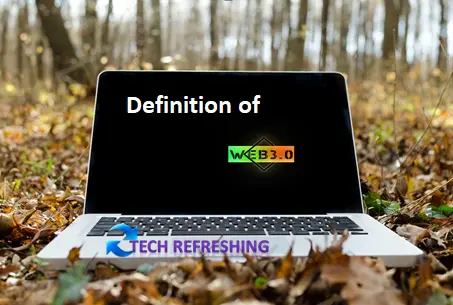
The way we interact with the Internet has significantly changed with the advent of Web 3.0. Decentralization, user-centricity and increased privacy and security are hallmarks of this new web era. Web 3.0 is being developed with the ideas of open-source technology, decentralised networks and blockchain at its core, in contrast to earlier incarnations of the web, which were dominated by a small number of tech behemoths. By providing consumers more control over their data and online experiences, this novel strategy aims to empower users and provide a more egalitarian and secure web for all.
Overview of the Current State of the Internet
The Web 2.0 era of the Internet is characterised by a centralised power structure over which a small number of businesses have great influence. These businesses gather and handle enormous amounts of personal information and use it for marketing and other reasons. Users now have little control over their data and online experiences and the internet environment frequently feels obtrusive and unreliable.
Thesis Statement: Web 3.0 represents a reimagining of the Internet that aims to create a more open and secure web for all users.
Web 3.0’s major objective is to make the internet more decentralised, safe and transparent so that users can regain control over their online lives. Blockchain technology and open-source software will be used to do this, enabling users to own and control their data and engage with one another directly and without the involvement of middlemen. An improved Internet that empowers individuals and safeguards their security and privacy will be the end outcome.
The Problems with Web 2.0
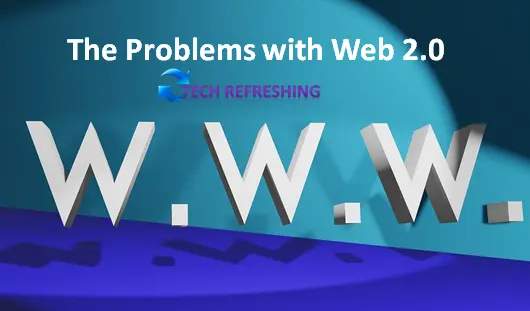
Centralization of Data and Power
A critical concern with Web 2.0 is the centralization of data and power in the hands of a few tech giants. Companies like Google, Facebook and Amazon collect massive amounts of user data and exert a great deal of control over the online realm. This centralization results in a concentration of power, giving these corporations the ability to mold the online experience for a massive number of users.
Lack of Privacy and Security
Another major problem with Web 2.0 is the lack of privacy and security. Personal data is often collected and shared without the user’s knowledge or consent and many online activities are vulnerable to hacking and other forms of cybercrime. The result is a web that feels untrustworthy and insecure with users having little control over their own data and online experiences.
Inequality in Access to Information and Opportunities
The centralization of data and power has contributed to unequal access to information and opportunities. The algorithms utilized by tech companies to deliver information and advertising are often influenced by bias, perpetuating existing inequalities. Individuals residing in areas with limited Internet access or who are unable to pay for high-speed Internet are disadvantaged and frequently fall behind in the digital divide.
The issues with Web 2.0 are substantial overall and have a big impact on how billions of people use the internet. Web 3.0 offers a chance to solve these issues and build a more accessible, safe and fair Internet for everyone.
The Features of Web 3.0
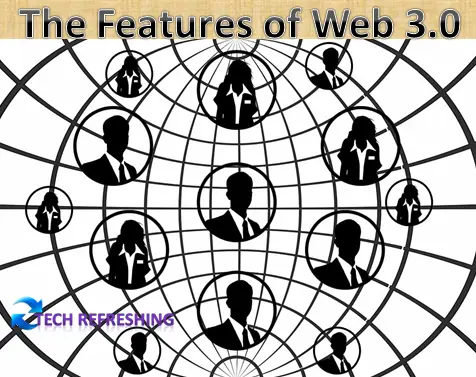
Decentralization and Distributed Systems
The utilisation of distributed systems and decentralisation are two of Web 3.0’s core characteristics. Web 3.0 will be based on a network of decentralised nodes connected to one another peer-to-peer rather than a centralised system of control like Web 2.0. The Internet will become more democratic and inclusive as a result, allowing users to communicate with one another directly and evenly distributing power and control.
Increased Privacy and Security through Blockchain Technology
Another crucial element of Web 3.0 is the use of blockchain technology to increase security and privacy. A decentralised ledger called blockchain records transactions in a safe, transparent and unhackable manner. By utilising blockchain, Web 3.0 will provide users with a private and secure online environment where they can do business and have complete control over their own data.
Improved Accessibility and Inclusiveness through Open-Source Technology
Web 3.0 strives to promote accessibility and inclusiveness through the implementation of open-source technology. Everyone can use, modify and distribute open-source software, which is also maintained by a community of committed volunteers. Web 3.0 aims to provide a more open and inclusive Internet where individuals can engage regardless of their technical expertise or financial resources by employing open-source technology.
The implementation of decentralization, blockchain technology and open-source software in Web 3.0 will result in a more open, secure, and fair Internet, where users hold greater control over their data and online experiences, and where equal access to opportunities and information is ensured for all.
Challenges to Adopting Web 3.0
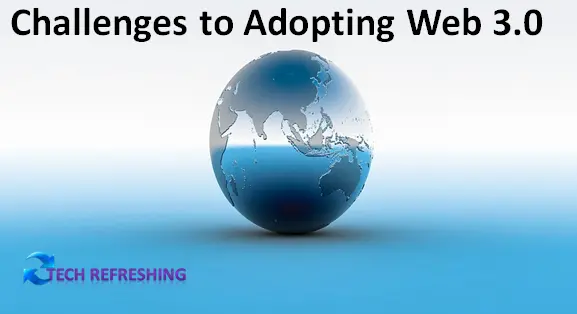
Technical Difficulties in Transitioning from Existing Systems
The technological difficulties associated with switching from present systems to Web 3.0 are one of the major obstacles to adoption. The Internet’s infrastructure now relies heavily on centralised technologies and services, therefore switching to a distributed, decentralised system will necessitate extensive technical modifications. Collaboration between developers, users and organisations will be necessary for this, as well as a major investment in time and resources.
Resistance from Existing Power Structures
Adoption of Web 3.0 is also hampered by resistance from current power structures. The transition to a decentralised and more democratic system may be resisted by the current Internet power structures, including businesses, governments and other intermediaries, as it will put pressure on their current spheres of influence and control. To overcome this resistance, which could come in the shape of protest, lobbying, or legal difficulties, will involve consistent work.
Need for Widespread Education and Awareness of the Benefits of Web 3.0
Another challenge in the adoption of Web 3.0 is the need for widespread education and understanding of its advantages. Many users may be unaware of the advantages of decentralization and blockchain technology, or they may lack knowledge on how they work. This calls for a concerted effort in educating and informing users on the benefits of Web 3.0, as well as an effort to raise awareness and garner support for this reimagined Internet.
Although there will be difficulties in implementing Web 3.0, the potential rewards are substantial and warrant effort. We can contribute to the development of a more open, safe and equitable Internet for all users by solving technical challenges, overcoming the resistance of current power structures and encouraging education and awareness.
Conclusion
Recap of Key Points
In this blog, we have discussed the concept of Web 3.0 and the vision it represents for the future of the Internet. We have explored the problems with Web 2.0, including centralization of data and power, lack of privacy and security and inequality in access to information and opportunities. We have also highlighted the key features of Web 3.0, including decentralization, increased privacy and security through blockchain technology, and improved accessibility and inclusiveness through open-source technology. Finally, we have discussed the benefits of Web 3.0, including empowerment of individuals, creation of a fairer and more equitable Internet, and increased transparency and accountability in online transactions and interactions.
Final Thoughts on the Importance of Web 3.0 for the Future of the Internet
In conclusion, Web 3.0 is a revolutionary vision for the Internet’s future and has the power to significantly improve the online environment. Web 3.0 has the potential to overcome the major issues with Web 2.0 and to build a better Internet for everyone by tipping the power balance in favour of users and by establishing a more safe, open and equal online environment.
Call to Action for Individuals and Organizations to Support the Transition to Web 3.0
The path towards Web 3.0 demands a collective effort from all stakeholders in the online space, including users, developers, businesses and government representatives. To facilitate this transition and bring forth a more transparent, secure and equitable Internet, everyone has a role to play. Whether it’s learning about Web 3.0, participating in its development, or spreading awareness about its benefits, there is always something that can be done to contribute. We encourage everyone to get involved and become a part of the growing community working towards a better Internet for all.

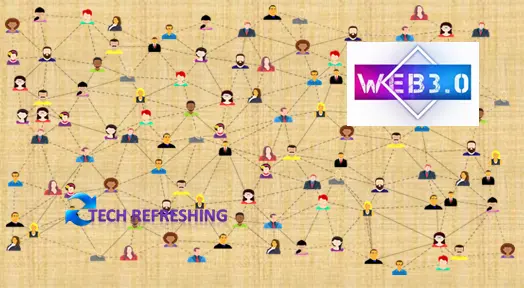

Comments are closed.